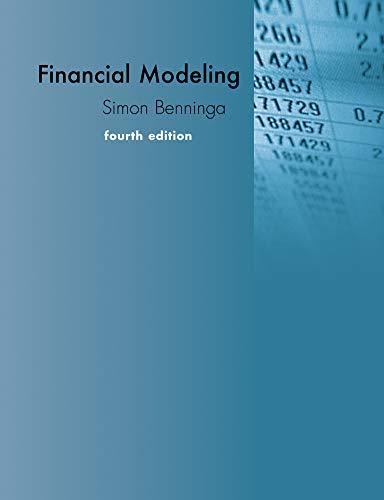Question
i need to someone answer these 3 question Assessment of Purchasing Power Parity Blades, the U.S.-based roller blades manufacturer, is currently both exporting to and
Assessment of Purchasing Power Parity
Blades, the U.S.-based roller blades manufacturer, is currently both exporting to and importing from Thailand. The company has chosen Thailand as an export target for its primary product, Speedos, because of Thailand's growth prospects and the lack of competition from both Thai and U.S. roller blade manufacturers in Thailand. Under an existing arrangement, Blades sells 180,000 pairs of Speedos annually to Entertainment Products, Inc., a Thai retailer. The arrangement involves a fixed, baht-denominated price and will last for 3 years.
Blades generates approximately 10 percent of its revenue in Thailand. Blades has also decided to import certain rubber and plastic components needed to manufacture Speedos because of cost and quality considerations. Specifically, the weak economic conditions in Thailand resulting from recent events have allowed Blades to import components from the country at a relatively low cost. However, Blades did not enter into a long-term arrangement to import these components and pays market prices (in baht) prevailing in Thailand at the time of purchase. Currently, Blades incurs about 4 percent of its cost of goods sold in Thailand.
Although Blades has no immediate plans for expansion in Thailand, it may establish a subsidiary there in the future. Moreover, even if Blades does not establish a subsidiary in Thailand, it will continue exporting toand importing from the country for several years. Due to these considerations, Blades' management is very concerned about recent events in Thailand and neighboring countries, as they may affect both Blades' current performance and its future plans.
Ben Holt, Blades' CFO, is particularly concerned about the level of inflation in Thailand. Blades' export arrangement with Entertainment Products, while allowing for a minimum level of revenue to be generated in Thailand in a given year, prevents Blades from adjusting prices according to the level of inflation in Thailand. In retrospect, Holt is wondering whether Blades should have entered into the export arrangement at all. Because Thailand's economy was growing very fast when Blades agreed to the arrangement, strong consumer spending there resulted in a high level of inflation and high interest rates. Naturally, Blades would have preferred an agreement whereby the price per pair of Speedos would be adjusted for the Thai level of inflation. However, to take advantage of the growth opportunities in Thailand, Blades accepted the arrangement when Entertainment Products insisted on a fixed price level. Currently, however, the baht is freely floating, and Holt is wondering how a relatively high level of Thai inflation may affect the baht-dollar exchange rate and, consequently, Blades' revenue generated in Thailand.
Holt is also concerned about Blades' cost of goods sold incurred in Thailand. Since no fixed-price arrangement exists and the components are invoiced in Thai baht, Blades has been subject to increases in the prices of rubber and plastic. Holt is wondering how a potentially high level of inflation will impact the baht-dollar exchange rate and the cost of goods sold incurred in Thailand now that the baht is freely floating.
When Holt started thinking about future economic conditions in Thailand and the resulting impact on Blades, he found that he needed your help. In particular, he is vaguely familiar with the concept of purchasing power parity (PPP) and is wondering about this theory's implications, if any, for Blades. Furthermore, Holt also remembers that relatively high interest rates in Thailand will attract capital flows and put upward pressure on the baht.
Because of these concerns, and to gain some insight into the impact of inflation on Blades, Holt has asked you to provide him with answers to the following questions:
1.What is the relationship between the exchange rates and relative inflation levels of the two countries? How will this relationship affect Blades' Thai revenue and costs given that the baht is freely floating? What is the net effect of this relationship on Blades?
2.What are some of the factors that prevent PPP from occurring in the short run? Would you expect PPP to hold better if countries negotiate trade arrangements under which they commit themselves to the purchase or sale of a fixed number of goods over a specified time period? Why or why not?
3.How do you reconcile the high level of interest rates in Thailand with the expected change of the baht-dollar exchange rate according to PPP?
Step by Step Solution
There are 3 Steps involved in it
Step: 1

Get Instant Access to Expert-Tailored Solutions
See step-by-step solutions with expert insights and AI powered tools for academic success
Step: 2

Step: 3

Ace Your Homework with AI
Get the answers you need in no time with our AI-driven, step-by-step assistance
Get Started


